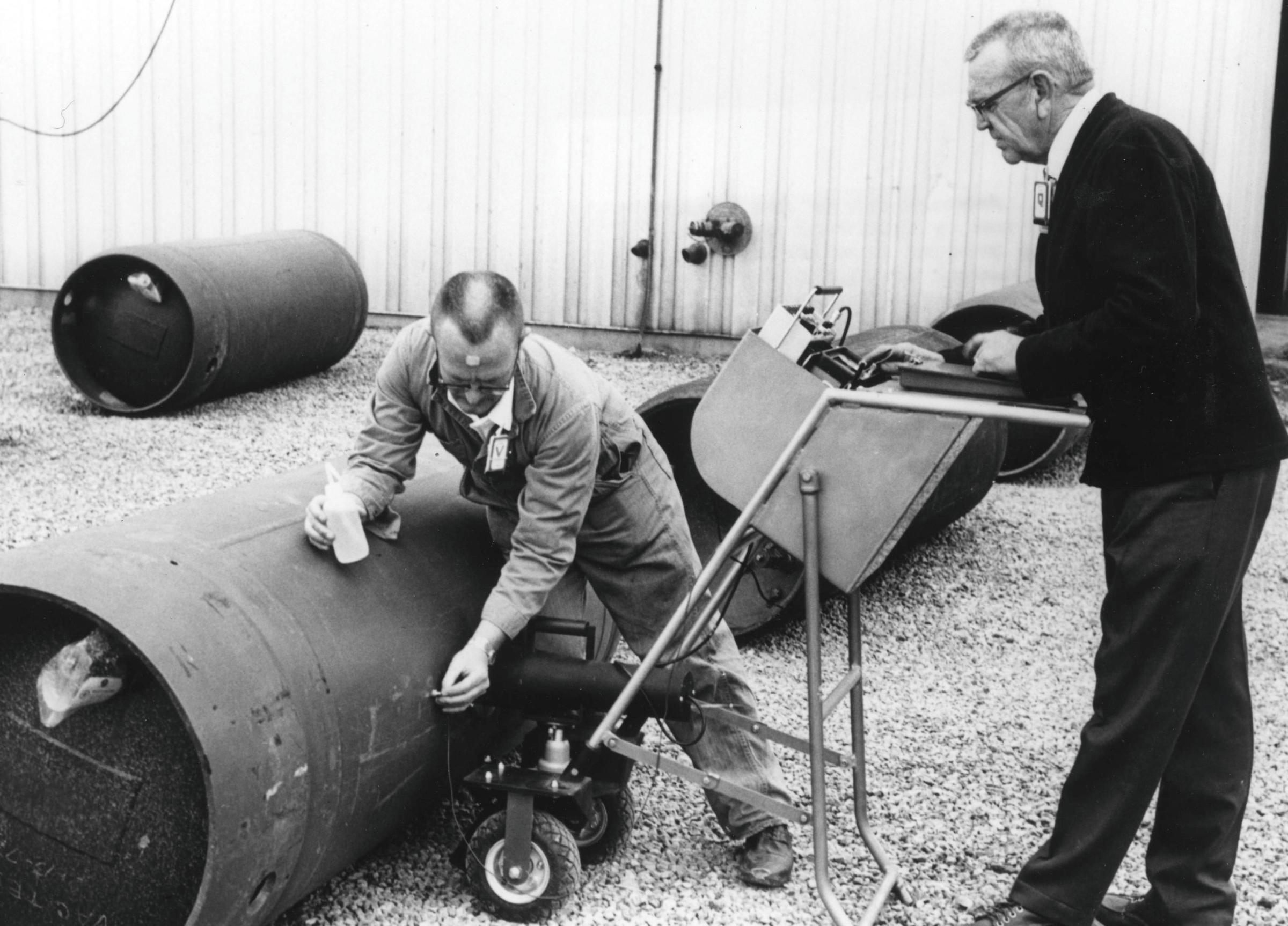The virtual seminar will be held from 12:30 - 2:00 p.m. (E.T.)
The use of computer vision models to detect and classify nuclear safeguards relevant objects in open-source images and dedicated surveillance imagery is attracting interest, including at the International Atomic Energy Agency. Safeguards-relevant images are scarce in the public domain, however, posing challenges to independent researchers to training proof-of-concept computer vision models for verification analysis tasks. This presentation will introduce the need for data to support computer vision R&D for safeguards, the development of a large, labeled, open-source image dataset relevant to international nuclear safeguards, focused on canisters to transport and store uranium hexafluoride (a key material in the nuclear fuel cycle), and some challenges of moving from synthetic images to real world situations.
About speaker: Zoe Gastelum is a Principal Member of the Technical Staff in the International Safeguards and Engagements Department at Sandia National Laboratories. She also has worked as an open-source information analyst in the International Atomic Energy Agency’s Department of Safeguards, and a safeguards research scientist at Pacific Northwest National Laboratory. Her research focuses on information sources, analytical techniques, and methods for data analysis for international nuclear safeguards.
